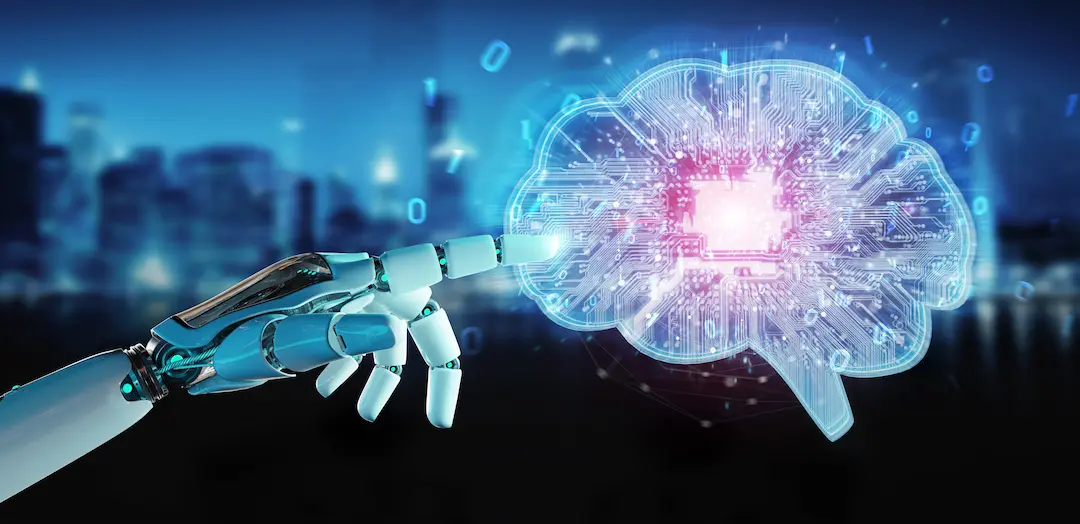ZenTao Collaboration Whiteboard: Activating Team Innovation
Original
-
 ZenTao Content
ZenTao Content -
 2025-10-28 17:00:00
2025-10-28 17:00:00 -
 31
31
In today's fast-paced project environments, many teams face a fundamental dilemma. On one hand, prolonged adherence to rigid "follow-the-leader" thinking patterns has gradually diminished their capacity for creative and divergent thought. Brainstorming sessions frequently encounter silence when seeking innovative solutions, while product optimization discussions often default to simplifying operational procedures as the only approach. On the other hand, completely unstructured thinking tends to result in disorganized discussions that yield inconclusive outcomes.
The ZenTao Collaboration Whiteboard effectively addresses this challenge by breaking cognitive fixedness through structured guidance that fosters both creative freedom and practical convergence, thereby balancing innovative vitality with implementation feasibility.
Paving the Way for Innovation with the Collaboration Whiteboard
1. Creating Space for Creativity
In daily operations, team members often find themselves overwhelmed by iteration tracking, bug fixes, and routine administrative tasks, maintaining the brain in a mechanical execution mode that leaves little energy for innovative thinking. Much like artists require canvases for creative expression, teams need dedicated virtual spaces and scheduled time for divergent thinking.
Teams can establish regular "innovation sessions" where routine tasks are temporarily suspended, enabling members to focus exclusively on exploring new ideas and directions without daily distractions. From a spatial perspective, the ZenTao Collaboration Whiteboard provides a visual thinking canvas that extends brainstorming beyond traditional meeting rooms into open collaborative digital spaces. Remote team members can manipulate tags and annotate ideas in real-time, maintaining perfect synchronization with the team, while co-located participants contribute simultaneously. This approach fundamentally transforms previously inefficient meetings characterized by passive slide presentations into dynamic sessions of active creative engagement from all participants.
2. Establishing Psychological Safety Through Anonymity
In team creative discussions, habitual negative responses such as "Isn't this idea too simplistic?" or "Wouldn't implementing this be a waste of effort?" often suppress participants' willingness to share ideas. This tendency becomes particularly pronounced when team members interact with leadership or more experienced colleagues, or when discussing unfamiliar topics in new environments. Under such circumstances, individuals frequently withhold seemingly underdeveloped concepts due to fear of criticism or rejection, leading to the loss of numerous potentially valuable ideas.
The anonymous interaction feature of the ZenTao Whiteboard operates similarly to anonymous voting, creating a secure environment for creative exploration where trial and error becomes normalized. During brainstorming sessions, team members can initially submit ideas anonymously through the whiteboard, completely free from concerns about being influenced by leaders' or senior colleagues' perspectives. This approach encourages the expression of innovative thoughts even when they are not fully developed. All contributions are gathered before being collectively displayed and discussed.
Furthermore, during discussion phases, it is recommended to reframe questioning approaches by replacing "What's wrong with this idea?" with "What valuable elements does this idea contain?" This transition from critical interrogation to affirmative exploration guides team members to evaluate each concept with positive and inclusive attitudes. Additionally, leaders can proactively share their own failure experiences, for instance by stating, "My previously proposed 'one-click sharing' feature was ultimately rejected due to insufficient user scenarios." Such personal accounts demonstrate the inherent value of exploration, reinforcing that courageous experimentation and open expression are not only acceptable but encouraged, thereby strengthening the team's psychological safety for innovation.
Implementing Ideas Through the Collaboration Whiteboard
Merely generating creative ideas is insufficient; fragmented inspiration that lacks systematic organization ultimately remains valueless as draft concepts. To effectively address this challenge, the ZenTao Whiteboard provides meticulously designed co-creation templates spanning multiple dimensions including brainstorming, decision analysis, research analysis, and agile practices. These templates facilitate the transformation of imaginative ideas into executable concrete plans.
1. User Experience Mapping
The core of user experience mapping lies in adopting the user's perspective to comprehensively document the entire product usage journey through narrative storytelling. Within the ZenTao Collaboration Whiteboard, team members can meticulously deconstruct each stage of the user interaction process simply by dragging and dropping digital sticky notes. Taking a user downloading a mobile application as an example, the complete process can be broken down into sequential stages: encountering an advertisement, downloading the application, completing registration, accessing the homepage, and utilizing core functions.
During the user journey mapping process, teams can employ emoticons to annotate user emotions at each interaction point, using smileys to indicate positive experiences and frowns to highlight points of user difficulty. Simultaneously, different colored sticky notes serve to distinguish between user pain points and needs, with red notes marking specific frustrations and blue notes identifying desired features. This methodology renders product optimization directions more structured and visually clear.
Furthermore, various user requirements and feedback documented within ZenTao can be seamlessly imported into the collaboration whiteboard with a single click. This eliminates the need for team members to frequently switch between different tools and documents or manually copy and paste information, significantly conserving time and effort. Consequently, user perspective based optimization proposals can be more rapidly transformed into specific project tasks. Similarly, systematically organized solutions within the whiteboard can be directly converted into traceable requirements, ensuring simplified management processes throughout implementation. This integration reduces cumbersome manual entry steps and achieves seamless fusion between creative conceptualization and project management.
2. Style Refinement Moodboard
In product design, designers frequently encounter a fundamental challenge: designs they consider excellent often fail to resonate emotionally with users. Within the design domain, various elements including colors, typography, layouts, and patterns evoke distinct emotional responses. For instance, yellow typically elicits feelings of joy and optimism, blue conveys tranquility and trustworthiness, while purple symbolizes mystery and nobility. Similarly, rounded typefaces project approachability, whereas sharp fonts communicate professionalism.
The Style Refinement Moodboard in the ZenTao Collaboration Whiteboard represents an enhanced iteration of the traditional moodboard. By facilitating in-depth analysis of relationships between keywords and diverse design elements, it directs team focus toward understanding how product designs genuinely impact user perception. This transformation shifts design work from subjective preference to creation that authentically addresses user needs and emotions.
The operational procedure for the Style Refinement Moodboard follows a clear, structured approach:
- Phase 1: The team collaboratively defines keywords representing desired product emotions, determining whether to convey "joy," "mystery," or other affective states. Based on these keywords, members gather extensive visual references including design compositions and color palettes that embody the conceptual foundations.
- Phase 2: Multiple elimination rounds are conducted. Members categorize collected images, retaining 6-8 most representative visuals per keyword. Utilizing the whiteboard's voting functionality, further refinement reduces selections to 3 final images per keyword, with detailed documentation of selection rationales through group discussion.
- Phase 3: Following final image determination, design style components are systematically deconstructed. Initial abstract keywords transform into tangible design directives encompassing logo concepts, color schemes, line styles, and texture selections. The refined design scheme is subsequently converted into trackable requirements within ZenTao, ensuring intended value propositions materialize into perceptible user experiences.
Beyond the User Experience Map and Style Refinement Moodboard, ZenTao's Collaboration Whiteboard incorporates numerous additional templates addressing various team scenarios. For business logic brainstorming, preset Business Model Canvas templates enable detailed decomposition and examination of audience segments, value propositions, and revenue streams. User interview processes are standardized through dedicated templates that define discussion frameworks and key focus areas. When prioritizing product requirements, the Product Tree template facilitates systematic organization and hierarchical classification of needs.
During project execution, promising ideas inherently carry uncertainty. Today's conceptualized solution may become obsolete tomorrow due to emerging requirements, while personally perfected approaches may face divergent perspectives. What remains certain is that ZenTao's Collaboration Whiteboard provides structured methodologies to transform uncertain innovations into actionable, trackable, and verifiable initiatives. We invite teams to leverage this platform not only for imaginative exploration but also for practical implementation, thereby activating collective innovation and driving project success.
Support
- Book a Demo
- Tech Forum
- GitHub
- SourceForge
About Us
- Company
- Privacy Policy
- Term of Use
- Blogs
- Partners
Contact Us
- Leave a Message
- Email Us: [email protected]







